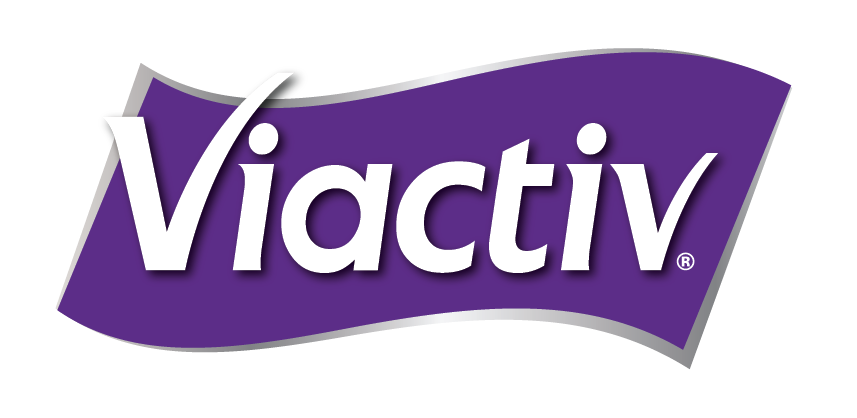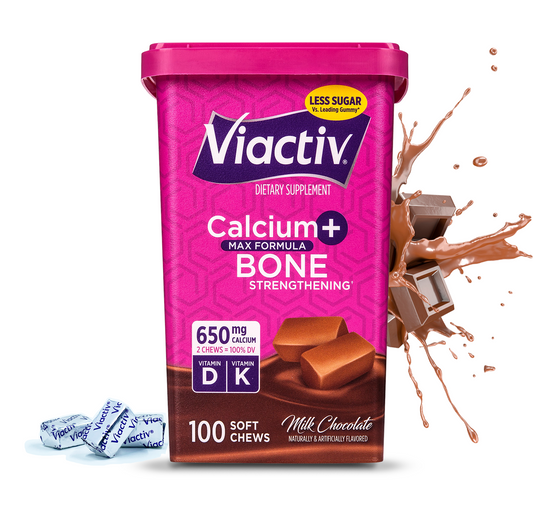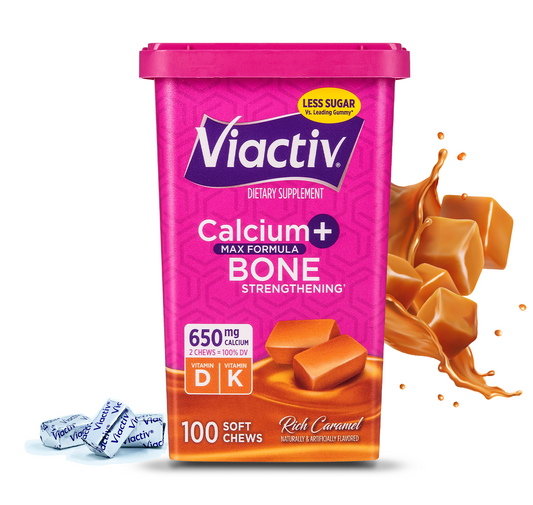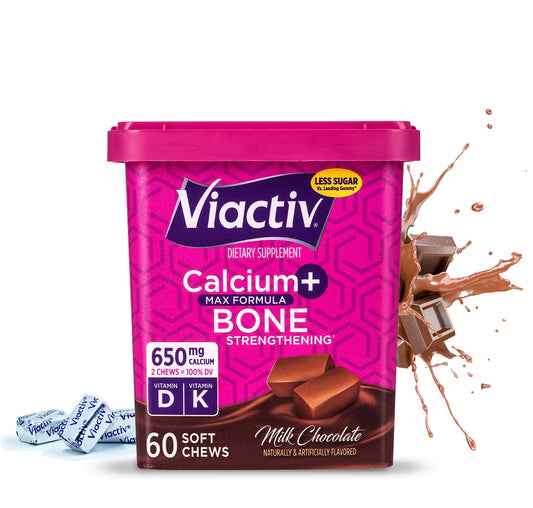Key Takeaways:
- Omega-3 fish oil plays an important role in maintaining skin health and appearance.
-
Omega-3 helps to improve skin hydration, elasticity, and firmness.
Omega-3s may minimize collagen adversity associated with the process of skin aging and is beneficial in protecting skin from UV rays.
- The EPA and DHA in fish oil are essential for hair oil glands to provide the healthy oils to nourish hair follicles and to help prevent dryness.
Omega-3s are a member of the essential fatty acid family. The most common Omega-3s are called Alpha Linolenic Acid (ALA), Eicosapentaenoic Acid (EPA) and Docosahexaenoic Acid (DHA). ALA is the most abundant omega-3 found in nature. Unfortunately, this plant source omega-3 is not a preformed omega-3 fatty acid, meaning it must be biochemically converted in the body to EPA and DHA for the nutrients to be useful. EPA and DHA are “preformed,” marine-sourced omega-3s, which means that these nutrients can be immediately beneficial when consumed. EPA and DHA are known to have many total body benefits – for your heart, brain, joints, eyes, and more.
How Fish Oil Benefits Skin

Omega-3s EPA and DHA help to maintain overall health but did you know that they play an important role in maintaining skin health and appearance. They have a documented role in both the dermal and epidermal layers of the skin, and the appearance of the skin is linked to its functional health.
The skin is organized into two main layers: the outer layer called the epidermis, and the middle layer of skin directly beneath the epidermis called the dermis. The epidermis keeps your body hydrated, produces new skin cells, and contains melanin, which determines the color of your skin. The dermis supports your epidermis, produces sweat and hair, on top of many other things.
What Do Layers of the Skin Have to Do with Omega-3s?

What does this have to do with Omega-3s? Omega-3s, EPA and DHA, are a natural part of the epidermal barrier; they help keep the skin strong so that water and nutrients can remain on the surface providing a nourishing protective seal, closing the path for bacteria to enter. In addition, they are a crucial part of your skin’s lipid (oily) content. When this oil layer of the skin is compromised, moisture escapes and skin may become dry and rough. Omega-3 benefits for skin include helping to improve skin hydration, elasticity, and firmness, may minimize collagen adversity associated with the process of skin aging, and are beneficial in protecting skin from UV rays.
Fish Oil Benefits for Hair

For the same reasons, EPA, and DHA in omega-3s also benefit hair. Each pore on the surface of your scalp has an opening to a canal called a follicle. This follicle contains a hair and an oil gland. The EPA and DHA in fish oil are essential for these oil glands to provide the healthy oils to nourish hair follicles and to help prevent dryness. This is the main omega 3 benefit for hair.
How to Get the Omega-3s You Need

Most healthcare professionals recommend at least 1000mg of omega-3s EPA and DHA a day. This is equal about 3 cans of tuna a day. While that amount of tuna sounds excessive, and for some, impossible, omega-3s EPA and DHA can easily be consumed through supplementation. A high-quality omega-3 supplement with ample amounts of EPA and DHA can ensure you are getting enough of the fats you need to support your skin and hair. Just like eating a healthy diet as a daily routine, making omega-3s part of your daily routine is important as well.
How Long Does It Take for Fish Oil to Benefit?

It may take up to 90-days for your body to reach optimal levels of omega-3s, and to therefore benefit from the effects. How will you know when you’ve reached optimal levels? There is a test that can be taken! This test is called the Omega Index Test and it can be purchased online at OmegaQuant.com. Experts report that the amount of EPA and DHA needed to raise the Omega-3 Index into the desirable range is different for everybody. Many factors can influence the body’s response to EPA and DHA such as age, sex, weight, diet, genetics, smoking habits, medications, and other medical conditions, which is why it is recommended to test before selecting a supplement. The target number to get on the Omega-3 Index Test is 8%, but most Americans fall well below this percentage. Generally, someone with a 5% Omega-3 Index would need a minimum of 1000mg of EPA and DHA daily to raise levels above 8%. Retesting the Omega 3 Index test after 90-days ensures that you are absorbing the omega-3s well, but it may take up to 6-months to reach the saturation point in the red blood cell membrane. Once 8% is achieved, it must be maintained with the same amount of intake.
Omega-3 Supplements for Skin and Hair

If your diet isn’t including 5-6 servings of Omega-3s EPA and DHA each week, a high-quality omega-3 supplement may be the easiest way to maintain healthy skin and hair. Viactiv Omega Boost Gel Bite Gummies provides 720mg of DHA and 295mg of EPA in one serving. Our Gel Bite gummies have 10x more omega-3s than the leading omega-3 gummy and they are clinically proven to increase omega-3 levels by 50% in just 4 weeks. It’s important to make sure we’re getting enough EPA and DHA in our diets to maintain hair and skin health as we age.
Sources
The Omega-3 Effect | Ask Dr. Sears
Handbook of Diet, Nutrition, and the Skin | SpringerLink
Epidermis | Cleveland Clinic
Essential Fatty Acids and Skin Health | Oregon State University
OmegaQuant.com
Last Updated On: June 22, 2022
First Published On: December 3, 2022





